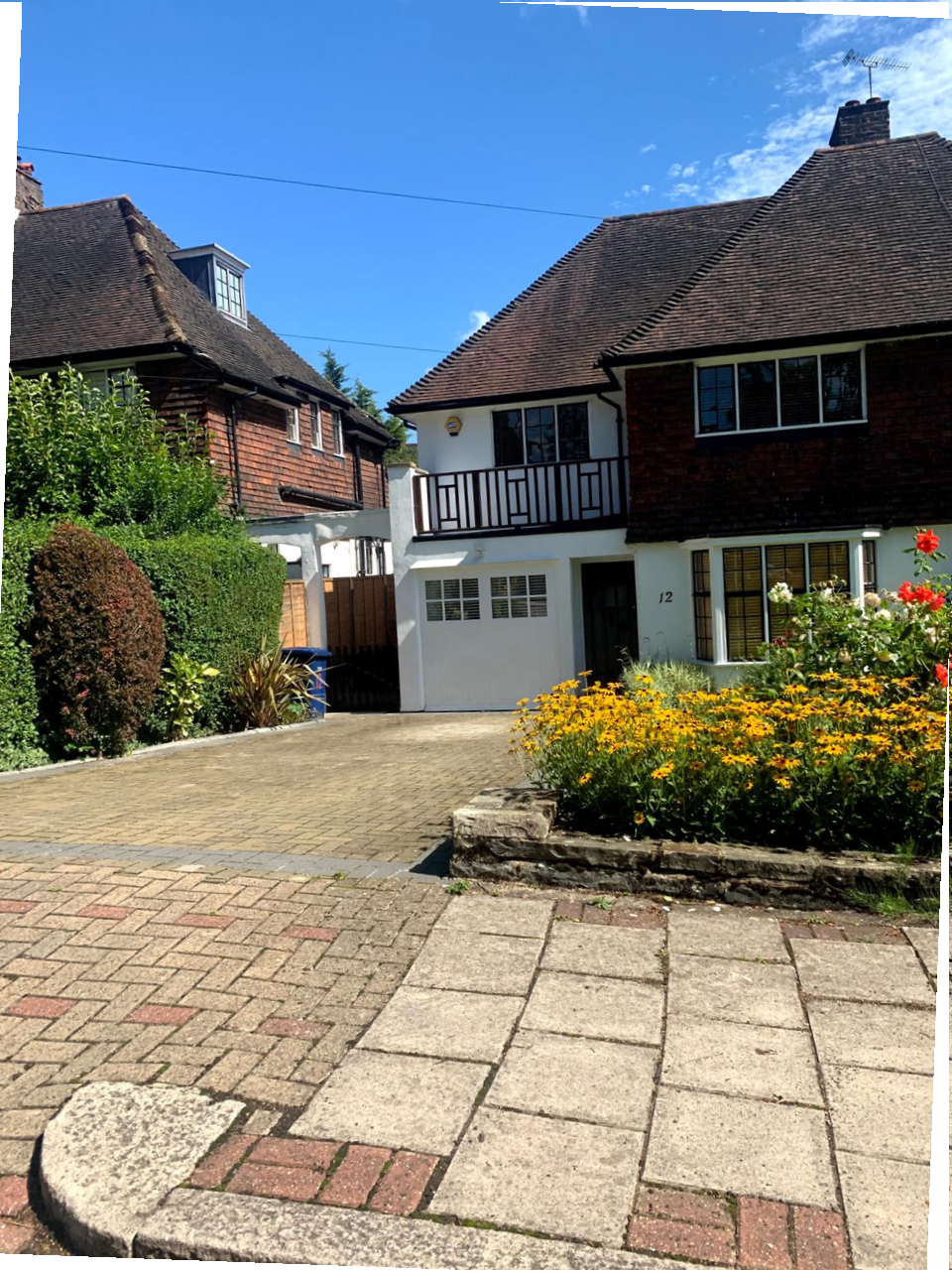10 Building Projects That Don’t Require Planning Permission
When planning a home improvement project, one of the first questions homeowners often ask is, “Do I need planning permission?” Thankfully, in many cases, small-scale projects fall under Permitted Development Rights (PDR), meaning they can proceed without formal planning permission. However, restrictions do apply based on factors like property type, size, and location. Below are ten building projects that typically don’t require planning permission in the UK, though it’s essential to check local rules or restrictions, such as for listed buildings or conservation areas.
1. Single-Storey Rear Extensions
One of the most popular home improvement projects, single-storey rear extensions often fall under PDR, provided they adhere to specific guidelines:
- The extension doesn’t extend more than 3 metres beyond the original rear wall for an attached property, or 4 metres for a detached property.
- The height doesn’t exceed 4 metres.
- Materials used match the original structure. These rules enable homeowners to expand their living space without planning hurdles, but it’s wise to ensure all measurements align with the regulations.
2. Loft Conversions
Loft conversions are a fantastic way to add a bedroom or home office, often without requiring planning permission:
- The loft’s extended space shouldn’t exceed 40 cubic metres for terraced houses or 50 cubic metres for detached/semi-detached houses.
- No additions should extend beyond the existing roof slope facing the highway.
- Windows and balconies face certain restrictions, ensuring privacy for neighbors. Adhering to these specifications can make a loft conversion a smooth process under PDR, adding value and functionality to a home.
3. Porches
Adding a porch to the front door is typically straightforward and can be completed without planning permission:
- The porch’s footprint shouldn’t exceed 3 square metres.
- It mustn’t be taller than 3 metres.
- It should be at least 2 metres from any boundary facing a road. A porch can enhance curb appeal and add a bit of extra storage space without the need for approvals.
4. Garage Conversions
Garage conversions are another popular project that generally doesn’t need planning permission under PDR:
- As long as the garage conversion doesn’t alter the overall structure of the building or exceed its original footprint, it’s allowed.
- Interior modifications to transform the garage into a habitable space, like adding insulation or flooring, typically don’t require permission. Garage conversions are an efficient way to add usable space, like a home gym or office, without complex planning requirements.
5. Garden Rooms and Sheds
Building a garden room or shed falls under PDR with certain guidelines:
- Outbuildings cannot exceed 4 metres in height if they have a dual-pitched roof or 3 metres if they have any other roof type.
- They should not occupy more than 50% of the land around the original house.
- They should be single-storey, and any verandas or balconies require separate approval. A well-designed garden room can serve as a studio, office, or workshop, providing functional space separate from the main house.
6. Decking and Raised Platforms
Decking can transform a backyard, and building it is often hassle-free:
- It must not be more than 30 centimetres above ground level.
- The decking and other outbuildings should cover no more than 50% of the garden. Provided these conditions are met, adding decking can improve outdoor space without needing planning permission.
7. Solar Panels
Sustainable energy projects, such as installing solar panels, fall under PDR for most residential properties:
- Panels should not protrude more than 20 centimetres beyond the roof slope.
- They should not be installed higher than the highest point of the roof, except for chimneys.
- Additional restrictions may apply for listed buildings or conservation areas. With minimal interference from planning permissions, solar panels offer an eco-friendly way to reduce energy bills and increase property value.
8. Replacing Windows and Doors
Updating windows and doors often doesn’t require planning permission:
- The new windows and doors should match the style and materials of the originals.
- Replacing windows that materially alter the appearance of the building, especially in conservation areas, may require permission. New windows and doors can improve energy efficiency, aesthetics, and security without the need for a lengthy permission process.
9. Fencing, Walls, and Gates
Erecting a new fence, wall, or gate can generally be done without planning permission:
- They should not exceed 1 metre in height if located next to a highway or 2 metres if elsewhere.
- No permitted development rights apply if the property is within a conservation area. A well-planned fence or gate can improve privacy and security, making it an effective project under PDR.
10. Interior Renovations
Interior changes, including kitchen, bathroom, or flooring upgrades, don’t usually require planning permission as long as they don’t affect the exterior structure:
Removing non-load-bearing walls, adding new rooms, or installing new fixtures are generally allowed.
Major structural changes, like moving load-bearing walls, may require Building Regulations approval but not planning permission. These updates can make a home more functional and comfortable without altering its exterior appearance.
Important Considerations Before Proceeding
While these projects typically fall under Permitted Development, a few key factors should always be checked:
- Conservation Areas: Special rules often apply to properties in conservation areas or those with heritage listings. Local authorities may require full planning permission even for minor projects.
- Building Regulations Compliance: Even if planning permission is not required, many projects still need to meet Building Regulations for safety and energy efficiency.
- Neighbor Consultation: Informing and consulting neighbors, especially with boundary projects like fences, can help avoid disputes and ensure a smooth process.
- Restrictive Covenants: Some properties may have covenants restricting certain modifications; it’s wise to check the property’s deed or consult a solicitor.
By understanding the guidelines around Permitted Development Rights, homeowners can undertake many home improvement projects without planning permission, saving time and reducing administrative costs. Whether you’re considering a loft conversion, garage transformation, or installing solar panels, these PDR-approved projects make it easier to improve your home. However, always confirm with local regulations to avoid any legal issues and ensure compliance with all applicable standards.
For friendly professional advice, contact us or call now and speak with a specialist Party Wall Surveyor.









